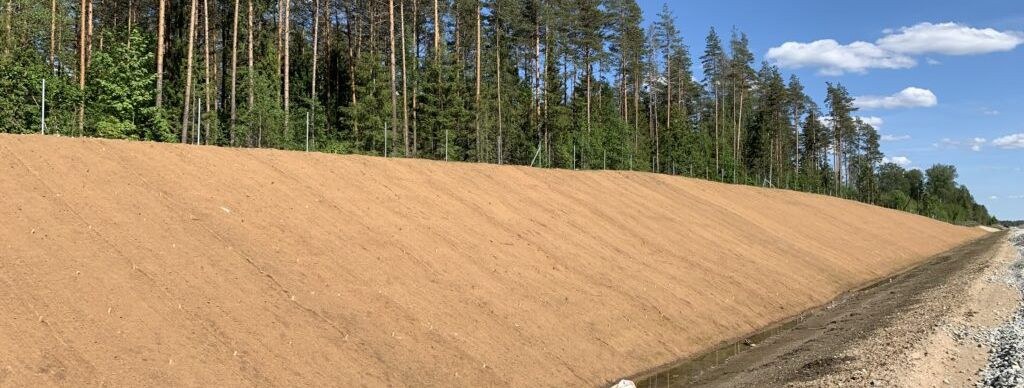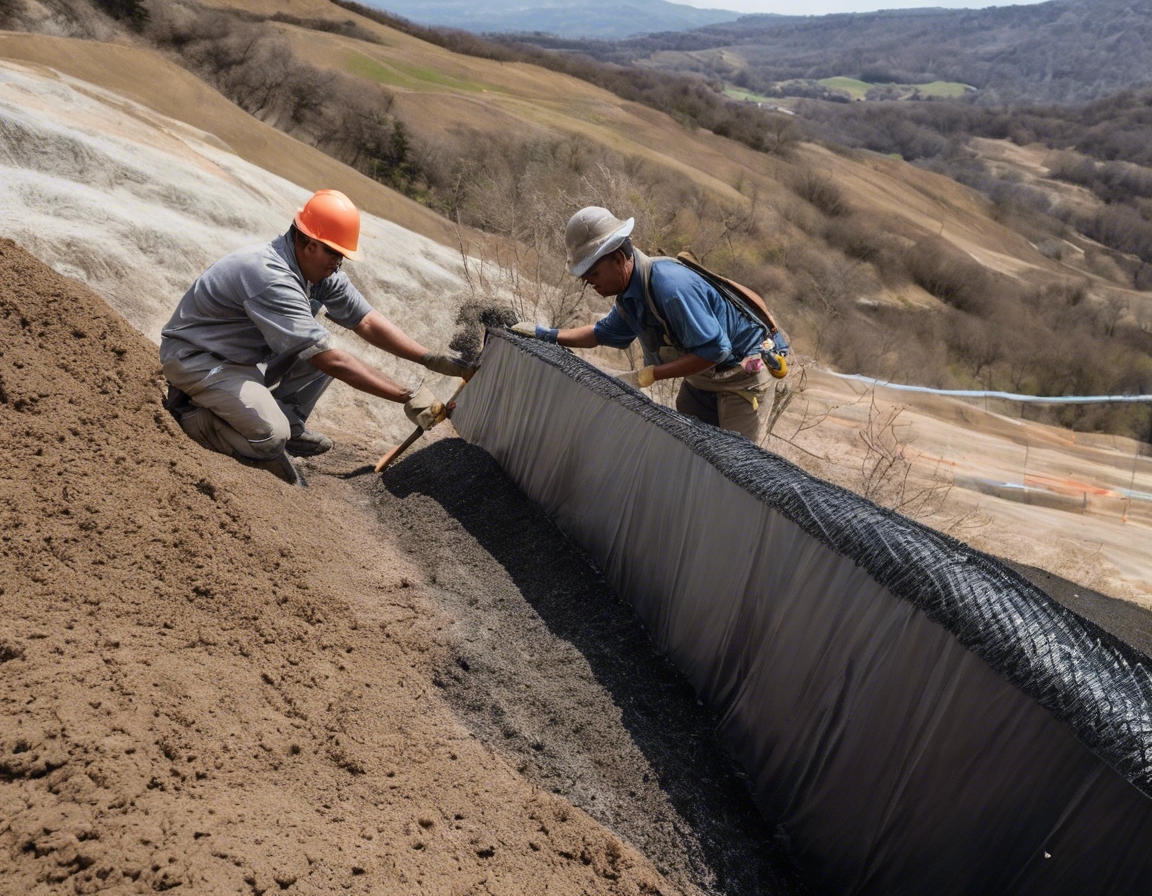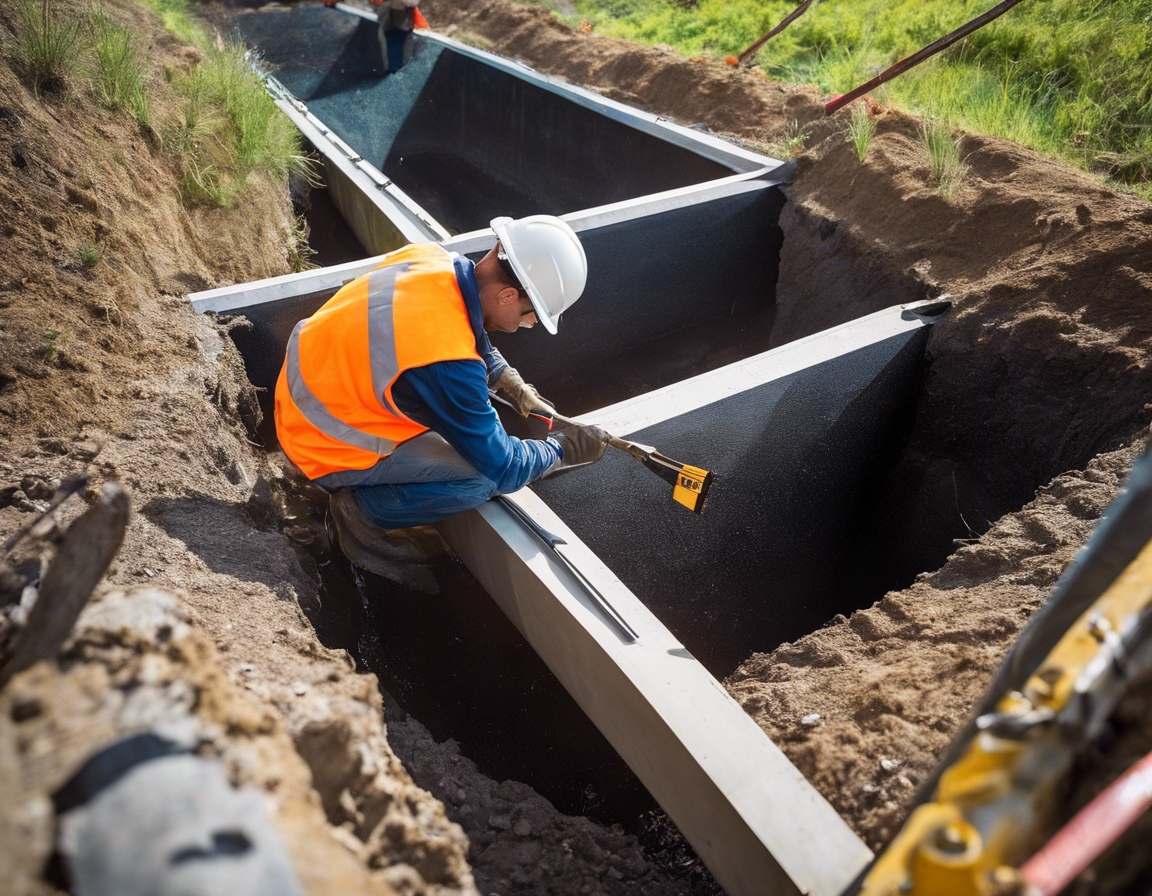5 tips for effective slope fortification
Slope fortification is a critical aspect of landscape management, ensuring the stability and safety of sloped terrains. It involves various techniques and materials to prevent soil erosion, landslides, and other forms of land degradation that can pose significant risks to property and human life.
Stable slopes are essential for the integrity of infrastructure and natural landscapes. They support the foundations of buildings, roads, and other structures, making slope fortification not just a matter of aesthetics but also of safety and functionality.
Fortifying a slope presents unique challenges, such as varying soil types, water flow patterns, and environmental considerations. These factors must be carefully evaluated to develop an effective fortification strategy.
Tip 1: Conduct a Comprehensive Site Analysis
Before any fortification work begins, it is crucial to understand the soil's physical and chemical properties. This knowledge will guide the selection of appropriate fortification methods and materials.
Water is a primary agent of erosion. Identifying how water moves through a site is essential for creating effective fortification and drainage strategies to prevent slope failure.
Tip 2: Choose the Right Materials
There are various materials available for slope fortification, including geotextiles, retaining walls, and natural stone. Each has its advantages and suitability depending on the specific conditions of the slope.
Choosing materials with a low environmental impact is crucial for sustainability. Materials should be durable, require minimal maintenance, and blend with the natural surroundings.
Tip 3: Implement Proper Drainage Solutions
Proper drainage systems are vital to prevent water accumulation that can lead to slope instability. These systems should be designed to manage water flow efficiently and sustainably.
Combining natural drainage features with engineered solutions can provide a more holistic approach to managing water on a slope, often resulting in a more aesthetically pleasing and environmentally friendly outcome.
Tip 4: Utilize Vegetation Strategically
Vegetation can play a significant role in slope stabilization. The roots of plants and trees help to bind soil together, reducing erosion and promoting stability.
Choosing the right species of plants is essential for effective slope fortification. Native species that are well-adapted to the local climate and soil conditions are often the best choice.
Tip 5: Regular Maintenance and Monitoring
Regular inspections are necessary to ensure the ongoing effectiveness of slope fortification measures. These inspections can identify potential issues before they become serious problems.
Slope conditions can change over time due to weather, vegetation growth, and other factors. Fortification strategies may need to be adjusted to accommodate these changes and maintain slope stability.






Comments (0)